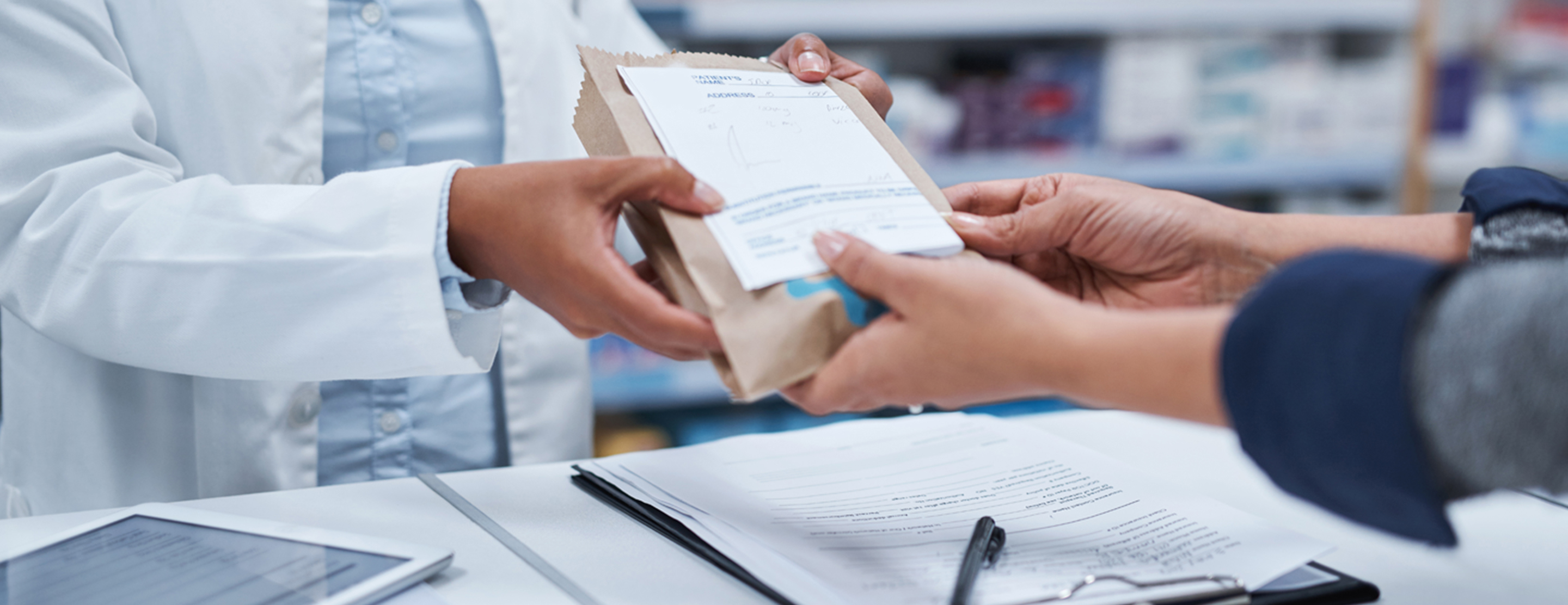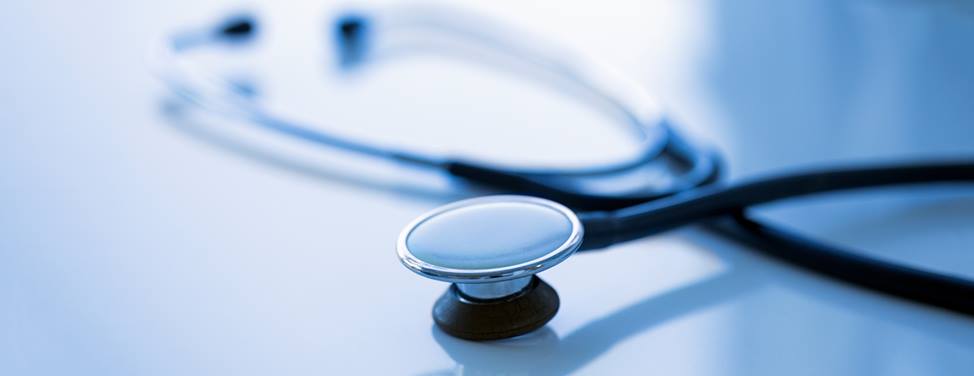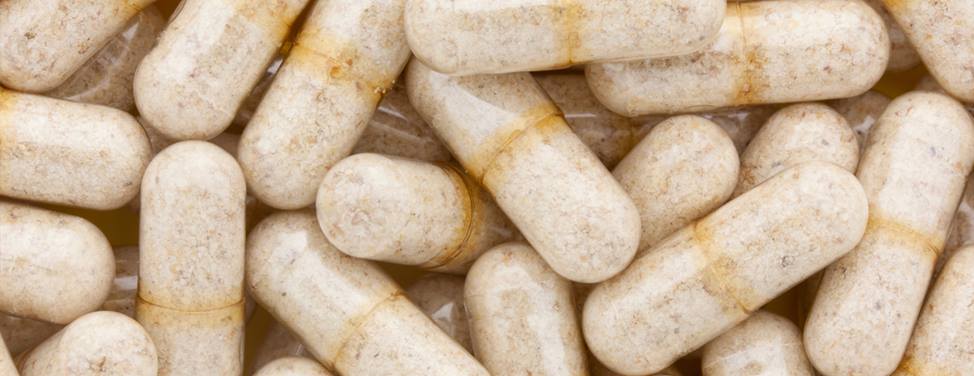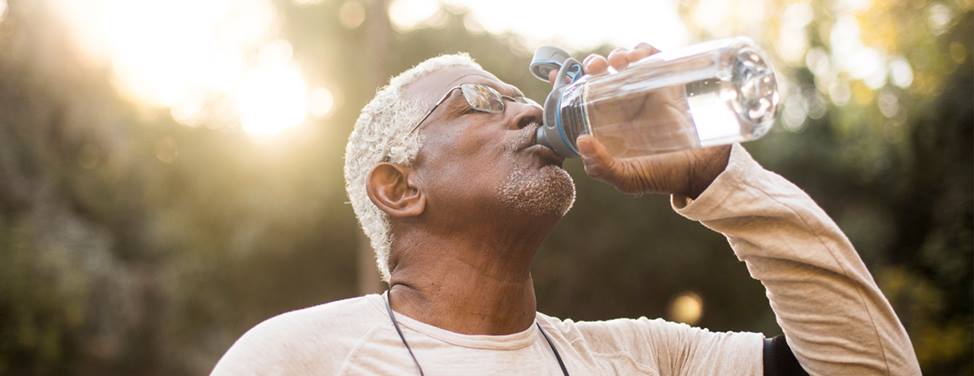
After Anal and Rectal Surgery
Pain Relief
- Take the pain medicine every three to four hours as needed for pain.
- Apply ELA-MAX 5 percent cream to anus (inside and out) every two to four hours as needed. This is not covered by any health insurance and costs up to $65 a tube.
- Take a hot bath in plain water and soak for at least 20 minutes three times a day. This is a minimum and there is no maximum limit. You can soak as long as you wish. It is the most effective method of controlling pain.
- Expect the pain to get better at about seven to 14 days after surgery.
Caring for the Surgery Site
- Remove the dressing the morning after the surgery and then get in a warm tub.
- Apply Silvadene cream to anus after each hot bath for the first seven to 10 days.
- After bathing, pat dry or use a hair dryer.
- After each bowel movement, gently cleanse the area with water or bathe/shower to keep the area clean.
- If you have been told to place a moist gauze pad in the wound, do so several times a day. Tuck the gauze into the wound so that it covers all the surfaces.
Bowel Movements
- The pain medication can cause constipation and passing a hard stool will just add to the pain. Take a stool softener as long as you are taking the pain medicine. Colace (Docusate sodium) 100 mg twice a day is the recommended stool softener.
- Take a fiber supplement, such as Metamucil, Konsyl, Fibercon, Citrucel or any generic brand, as directed on the package. Be sure to drink six to eight glasses of water or other non-caffeinated beverage a day.
- Do not give yourself an enema unless you get approval from your surgeon.
- If two days pass without a bowel movement, take a tablespoon of milk of magnesia (30 ml) and repeat in eight hours if have not had a bowel movement. If you still have had no results after three days, take four Dulcolax tablets by mouth at one time. If this does not work within 12 hours, call your surgeon.
Bleeding
- Some bleeding with each bowel movement is expected. If the bleeding does not stop within an hour after a bowel movement, if the amount of bleeding is worse with time or if you are passing clots of blood, call your surgeon.
Urinating
- It may be difficult to urinate after the surgery. You may strain to urinate – this will not harm the area that was operated on. If you are not able to urinate, try sitting down (men) or try urinating in a warm bathtub. If you are still unable to urinate 12 hours after surgery, go to the Emergency Department. They may need to place a catheter into your bladder to empty it. Do not wait longer than 12 to 18 hours.
Activity
- You may do what feels comfortable to do after surgery. Do not sit for longer than 10 to 15 minutes at a time. You may sit on a foam pillow but avoid rubber rings or "donuts."
- Avoid driving a car while taking pain medication.
- You may go back to work when you feel ready to do so. This may take several days to several weeks depending upon the procedure. Ask your doctor for specific limitations.
Follow-Up
- Make an appointment with your surgeon for one month after surgery.
- For appointments and any concerns, please call (415) 353-2161.
UCSF Health medical specialists have reviewed this information. It is for educational purposes only and is not intended to replace the advice of your doctor or other health care provider. We encourage you to discuss any questions or concerns you may have with your provider.










